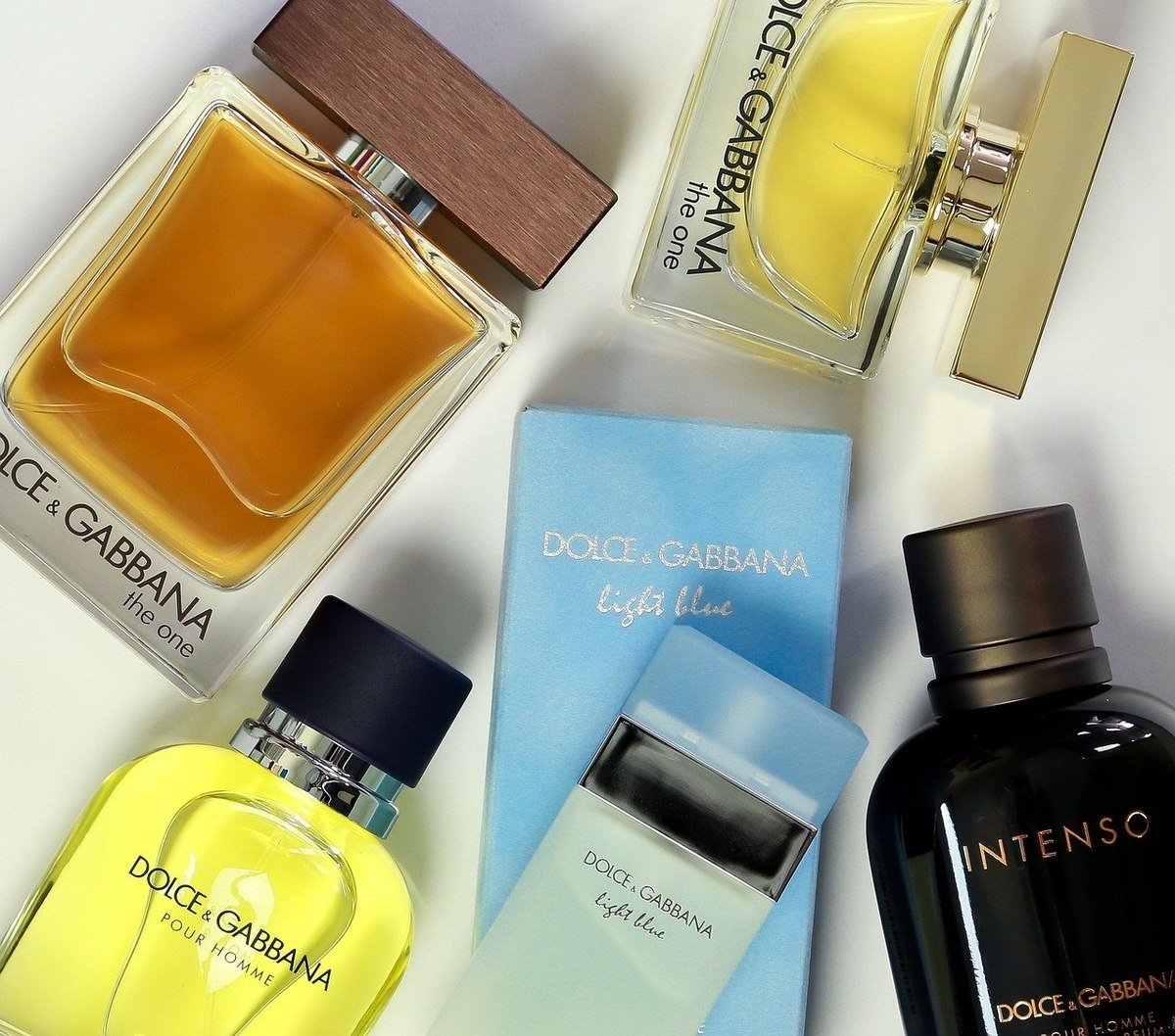Key findings:
- 78% of Britons say they use perfume, 41% do so regularly and 37% occasionally.
- 50% tend to repurchase one or two favourite scents, while 20% like to try new ones.
- 86% say the scent itself most influences their purchase, followed by price/value (50%); brand ranks much lower at 21%.
For many Britons, perfume is more than just a scent, it’s a ritual, a gift, and sometimes, a small luxury. But when it comes to fragrance habits, are people loyal to one signature scent or always chasing the next new thing? YouGov’s latest research dives into the UK’s perfume preferences, uncovering how often people wear it, how much they spend, and what really influences their choices, from brand names and bottle designs to price and value.
According to a recent YouGov survey, over three-quarters of Britons (78%) say they use perfume or fragrance, with 41% wearing it regularly and 37% using it occasionally. Only around one in five (22%) say they don’t use perfume at all, highlighting just how embedded fragrance is in everyday life across the UK.
Among Britons who say they use perfume regularly or occasionally,; most are creatures of habit. Half (50%) say they tend to stick to one or two favourite scents that they repurchase, while one in five (20%) like to experiment and change what they wear regularly. Around three in ten (28%) don’t often buy perfume for themselves but may receive or give it as a gift.
Men and women show similar levels of scent loyalty, with half in each group saying they repurchase their favourites. However, women are more likely to experiment (22% vs. 17% of men), while men are more likely to be involved in gifting (30% vs. 27%).
What drives perfume purchases? Scent and value top the list
Among Britons who use perfume regularly or occasionally, the scent itself reigns supreme as the top factor influencing purchase decisions, chosen by 86% overall. Price and value for money follow at 50%.
In comparison, only one in five (21%) say the brand plays a major role, and even fewer are swayed by packaging or design (7%) or seasonal suitability (11%).
Women are more likely than men to prioritise scent (91% vs. 81%), while men are more brand-conscious (28% vs. 16%). This suggests that while fragrance appeal leads across the board, gendered nuances still shape how consumers choose their next bottle.
Most perfume buyers spend under £50, but a sizeable group splurges more
Among perfume users, most spend relatively modestly on their last purchase, with three in five (58%) saying they paid under £50 for their most recent bottle. A further one in four (26%) spent between £50 and £99, while around 8% say they spent between £100 and £149. Only a small proportion (2%) went beyond the £150 mark, showing that high-end or luxury scents remain a niche indulgence.
Women are slightly more likely than men to buy at the lower end of the price scale (29% spent under £25, vs. 23% of men), while men lean a little more toward the mid-range (£25–£99). Overall, the data suggests that while perfume is a small luxury many are willing to afford, few turn it into a major spend.
Perfume buying split between online convenience and in-store experience
Shopping habits of perfume users are almost evenly split between in-store and online channels. Department stores (38%) and online retailers (39%) such as Amazon or Boots are the most common places to buy fragrances.
Women are slightly more inclined to browse in department stores (39% vs. 37% of men) and are notably more likely to buy directly from a brand’s own website (15% vs. 9%). Men, on the other hand, show a greater tendency toward specialist perfumeries (30% vs. 25% of women) and are considerably more likely to pick up perfumes at duty-free or airport shops (27% vs. 19%).
The data suggests that while women may gravitate toward trusted retail and brand experiences, men are more likely to buy on-the-go or through specialist channels, perhaps reflecting different levels of engagement or spontaneity in how each group approaches fragrance shopping.
Sampling in-store remains the top way perfume buyers discover new scents
For Britons who use perfume regularly or occasionally, the in-store experience still leads the way when it comes to discovering new fragrances. Almost two-thirds (63%) say they learn about new perfumes by sampling in-store, far ahead of any other source.
Recommendations from friends and family (30%) and samples received with other purchases (17%) follow next, while advertising (14%) and social media or influencers (9%) appear to play comparatively minor roles, suggesting that scent discovery remains a sensory and social experience rather than a digital one.
Women are slightly more likely than men to sample in-store (65% vs. 60%) and to receive samples through other purchases (22% vs. 10%), indicating greater engagement with beauty retail environments. Men, meanwhile, are more likely to say none of these channels apply to them (14% vs. 10%), reinforcing that for many, fragrance buying may be a more functional and less exploratory activity.
For most Britons who use perfume, fragrance choices are guided by familiarity and personal preference rather than image or marketing. Perfume remains a small but valued indulgence, one shaped by scent, practicality, and habit more than by brand or design.
Methodology:
YouGov polled 800 GB adults online on October 14, 2025. The survey was carried out through YouGov Surveys: Self-serve. Data is weighted by age, gender, education level, region, and social grade. The margin of error is approximately ±3.4% for the overall sample.
